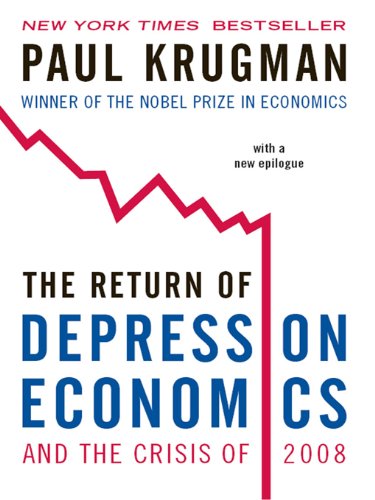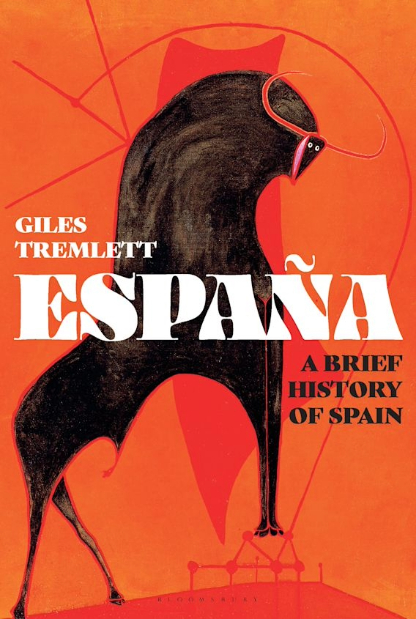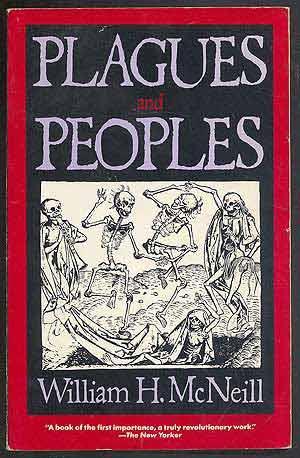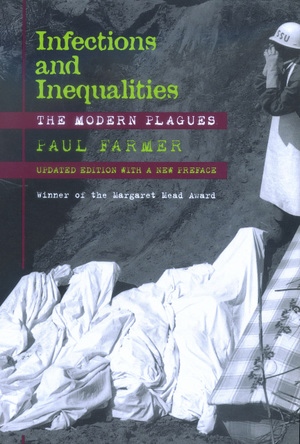Against Creativity, Oli Mould, Verso Books, October 2018, pp. 240, $33, ISBN 978-1-78663-649-2
In 2015, Martin Prosperity Institute, affiliated with the University of Toronto’s Rotman School of Management published a report titled Global Creativity Index. The report sought to assess the ‘creativity’ of countries by measuring their economic growth and sustainable prosperity along the so-called 3Ts of economic development, technology, talent, and tolerance. Quite openly, the Institute equates ‘creativity’ with the ability to achieve economic growth. In case you are wondering, Australia topped the overall list of countries, with Iceland trailing behind in second place and the US and Finland sharing the third.
This approach to creativity can be traced back to the publication of Richard Florida’s bestseller The Rise of the Creative Class in 2002, in which the author argues that regional economic advantages are no longer based on raw materials and geography. Creativity has replaced these as the main requirement for growth. Florida includes members of such occupational categories as “engineering, architecture and design, education, arts, music and entertainment” as belonging to the creative class. The sole purpose of the practitioners of these creative industries is to generate new ideas, new technology, and new content and profit off of them. Therefore, according to Florida, to achieve economic growth, metropolitan regions must create favorable conditions to attract this talent. At the time of writing, Florida counted 38 million Americans as belonging to the creative class. These people are not enticed by economic benefits but are in the business for pure challenge and the possibility of growth. Indeed, as Florida contends, the creative worker wants to exercise her creativity in building something, experiencing the full cycle of ideas, and see it put to action while reaping the rewards. Think Google’s offices and people living in refurbished warehouses with cacti on the window silts overlooking the bay having their morning coffee in artisanal shops in previously working-class neighborhoods.
Creativity, according to Florida and the industry that sprang up, is a purely individualized matter, cut off from the community and social benefits. The writing was on the wall in 2002 and Against Creativity offers an antidote to the ruse of creativity constantly hurled at us. In a way, it looks at the creative class from the point of view of the consequences of its existence.
Oli Mould’s book Against Creativity argues that “capitalism of the twenty-first century, turbocharged by neoliberalism, has redefined creativity to feed its own growth.” Its thesis is that being creative in today’s society merely reproduces and solidifies the status quo of capitalism. Being creative today means being able to put your entrepreneurial spirit at the service of capitalist goals; it means monetizing everything. Capitalism co-opted the very language of creativity “to ensure its own growth and maintain the centralization and monetization of what it generates.” The creative class is nothing but a market actor pursuing the interests of the dominant class.
The privatization of creativity could easily be traced to the rise of capitalism and the changing relations of productions that led to the development of class societies. A stroll through an art museum would confirm this hypothesis. A great number of what are considered to be masterpieces of art were commissioned by the wealthy. This wrenched the artistic production from the social arena, where it previously was, and placed it firmly within the private domain, of both the artist and her consumer.
Be that as it may, nowadays creativity crosses artistic boundaries and seeps into all domains of everyday life. Who has not applied for a position that required the applicant to be ‘creative’? Who has not completed an assignment in a school for which the professor required creative ways of going about it? What do we put on our resumes? Everyone is encouraged to be creative.
Mould’s book provides an analysis of various ways capitalism has co-opted creativity. He uses the prisms of work, people, politics, technology, and the city to highlight injustices in the practice of creativity as encouraged by capitalism.
‘Creative’ companies seek to present themselves as places of communal creativity, where conflicting ideas and opinions lead to the creation of better goods and services. As Mould shows, these “often extol collaborative, agile, collective and co-operative working practices, but only reward insular, atomized, self-interested and individualized work.” Indeed when we think of creative work practices, we think of Apple or Facebook, but we also attribute their success to the genius of Steve Jobs and Mark Zuckerberg, rather than the litany of people that allows for their success; to say nothing of the Chinese workers at Foxconn or miners in the Congo that provide the physical fodder of this creativity.
Moreover, the creative workspace seeks to erase the boundary between work and leisure, work and home and work and rest. Offices of certain companies resemble apartments or cafes, with their spaces providing power naps, industrial paraphernalia adorning the walls, and kitchens. But by collapsing the barriers, these creative workplaces invade our everyday life and we begin to view our every action, relationship or dream as a potential entrepreneurial venture. As Mould argues “the home becomes a precarious place because it becomes an extended space of creative capitalist production.”
Personally, the most interesting discussion in the book is to be found in the chapter on people. Mould contends that creativity can be marginalizing for it is geared towards a particular profile of people, namely, the able-bodied and of a particular state of mind. Thus those who fall outside of its spectrum are normalized into the ways that would allow them to participate in the community geared towards the able-bodied. “In normalizing bodies, capitalism is seductive: it offers the security that comes with benefits it gives to that body.” Indeed, Mould outlines this process as what it is, radically uncreative. Normalization of differently-abled bodies excludes alternative subjectivities, an incredibly vast array of practices and experiences that the able-bodied would otherwise not have access to. Take the Deaf sub-culture and Deaf dance clubs, with their vibrating floors, ‘aroma DJs’, video walls and sign dancers. Take deaf people’s brain plasticity that better detects motion and light in their peripheral vision. Differently-abled bodies are hard-wired to experience the world differently, in much more creative ways than the able bodies are. On the other hand, when these experiences are recognized, they are immediately co-opted by capitalism. Smirnoff Vodka launched an ad campaign in March 2016, which depicted deaf dancers in a club, with a tag line “We’re Open”. Its aim was clearly to insert itself in the sub-culture and use it to generate further growth. Never mind the inherently alienating features of our everyday life that differently-abled bodies are forced to grapple with.
The language of creativity can also be used to substitute for the provision of social services. It is of no surprise that once the austerity policies were put in place to shrink the public economy, the workers were told to find creative ways of providing more with less. Paradoxically, as Mould shows, austerity itself was the product of creativity in the financial sector. The creation of risky financial instruments was the cause of the recession experienced the world over in 2008, which the governments were told to deal by imposing harsh austerity measures on their populations. Creativity hurts the poorest, once again.
In the domain of the city, Mould has shown how the creation of art neighborhoods has led to ‘artwashing’ which uses arts as a means of branding space in hopes of attracting inward investment; a tactic of the creative city. Arts led gentrification, defined as “any artistic intervention commissioned, paid for and instigated by developers,” is geared towards a specific group of people, namely the creative class. In the process, social housing is destroyed, communities wrecked, and the cost of living skyrockets.
If we consider creativity as the power to produce something out of nothing, as Mould does, then there is nothing creative about these practices as they merely reproduce more of the same, that is, capitalist domination. Thus creativity is to be found not in the act of novelty, but rather, in its overall impact as judged against the benchmark of the creation of novel social and economic relations. Indeed as Mould has stated in the book, a process is truly creative if “it destabilizes the processes that maintain the perceived rigidity” of the system. Mould is not against creativity tout court, but against a specific kind of creativity as demanded by capitalism which reproduces inequalities and stresses of the everyday life without radically altering our reality. Mould effectively calls for something along the lines of radical creativity, which he finds in practices that seek to overcome capitalist forces and relations of production.
Mould fails to offer a way out of the bind though. There is seemingly no escape from our predicament. Not least because had I wanted to purchase this book, I would have had to pay $33 for it.




